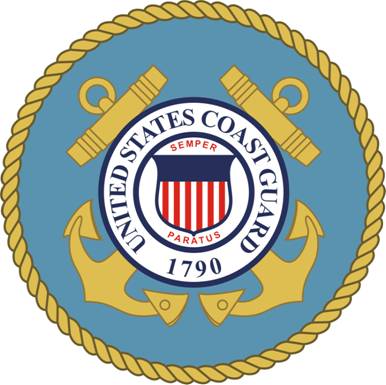

Fisheries Law Enforcement
Back to Enforcement
The specific statutory authority for the Coast Guard Law Enforcement mission is given in 14 USC 2, "The Coast Guard shall enforce or assist in the enforcement of all applicable laws on, under and over the high seas and waters subject to the jurisdiction of the United States. "In addition, 14 USC 89 provides the authority for U.S. Coast Guard active duty commissioned, warrant and petty officers to enforce applicable U.S. law. It authorizes Coast Guard personnel to enforce federal law on waters subject to U.S. jurisdiction and in international waters, as well as on all vessels subject to U.S. jurisdiction (including U.S., foreign and stateless vessels).
Tasked with enforcing applicable fisheries laws in partnership with the National Marine Fisheries Service (NMFS), the Coast Guard's objective is to provide the at-sea law enforcement presence necessary to reach national goals for living marine resource conservation and management. Fisheries in the United States are a $20 billion per year industry. The Coast Guard's area of responsibility is defined by the U.S. Exclusive Economic Zone (EEZ) and by International Agreement. The U.S. has the largest EEZ in the world, encompassing over 2.25 million square miles and 90,000 miles of coast line. The Coast Guard, in concert with the Department of State, works closely to monitor international laws and treaties, such as the United Nation's moratorium on large scale high seas drift net fishing. The Coast Guard also enforces laws protecting marine mammals and all endangered species.
In the Eleventh Coast Guard District (California, Utah, Nevada, and Arizona), Coast Guard units patrol 130,500 square miles of the US EEZ off California’s 900 nautical miles of coastline. In this area of responsibility, the Coast Guard provides primary at-sea enforcement of federal Fishery Management Plans. We provide mutually cooperative assistance with state-regulated fisheries and work closely with the California Department of Fish and Wildlife (CDFW).
Back to Enforcement